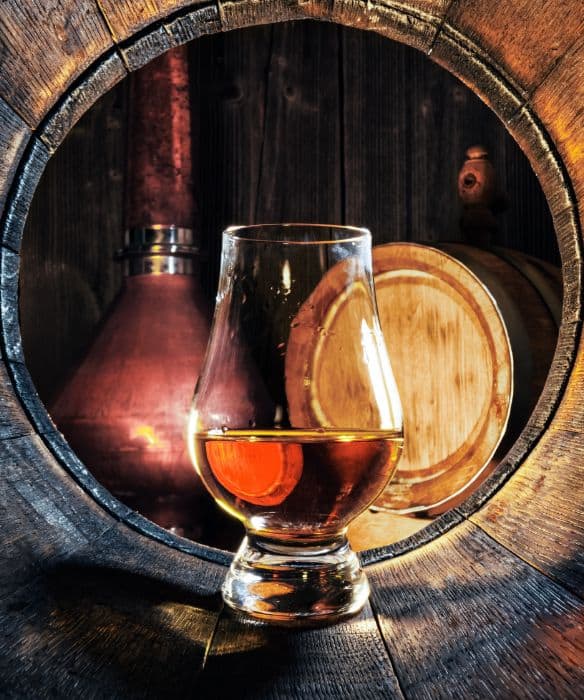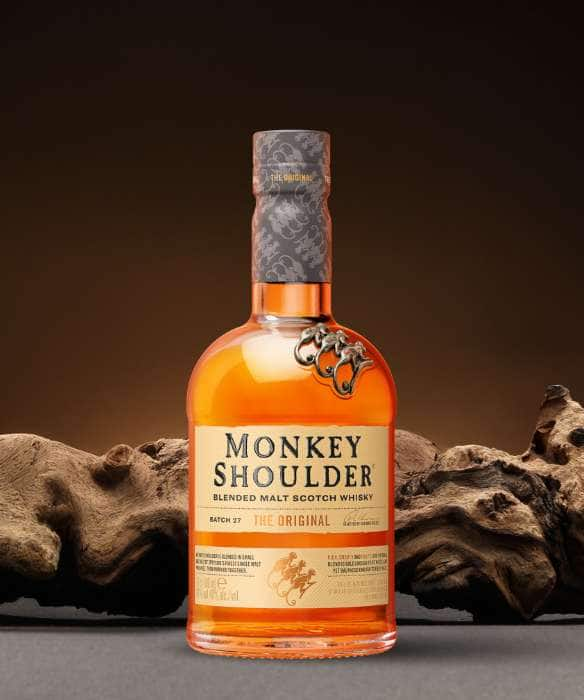Stay logged in to proceed with bookings, orders and offers.
On changing the terminal, you will loose items in your cart. Are you sure you want to change your terminal?
Enjoying local summer coolers made with love.
During my childhood, as the days approached for my summer vacation at my nani's place in Ranchi, I would be filled with a mix of excitement and anticipation. While aboard the train en route to Ranchi, I would peer out of the window, envisioning the array of experiences that awaited me. As I finally arrived, a wave of emotions would wash over me, cocooning me in nani's affection amidst the soothing familiarity of my surroundings. Join me as I embark on a nostalgic ride back to my childhood, filled with delightful refreshments that became the epitome of joy and respite. I'll introduce you to three beloved drinks—sattu ka sherbet, bel ka sherbet and aam panna—that hold a cultural significance in Bihari cuisine.
Sattu, a powdered mixture of roasted grams, was transformed into a refreshing drink that provided instant relief from the sweltering heat. Nani would start by roasting grams until they turned golden brown and emitted a delightful aroma. This was then cooled, ground into a fine powder, and mixed with water, sugar, lemon juice, and a pinch of black salt. The result was a tangy and earthy sherbet that revitalised both body and soul. The sherbet's origins can be traced back to the rural heartlands of Bihar, where farmers and labourers relied on its energy-boosting properties to combat the intense heat of the region. Sattu ka sherbet is deeply intertwined with local festivals and celebrations too, and is often served during religious gatherings and social events. The drink embodies the essence of communal bonding and the sharing of traditional flavours. The beverage was my go-to drink during the hot summer days in Ranchi.
Another drink that delighted my taste buds was bel ka sherbet, made from the pulp of the ripe bel fruit. Bel, also known as wood apple, is a tropical fruit with a hard shell and a sweet-tart flavour. Nani had a bel tree in her backyard, and every summer, it would bear an abundance of fruits. The bel tree, known for its medicinal properties, is revered as a symbol of fertility and prosperity. Its fruits, plentiful during the summer, are harvested and used in various culinary preparations, including the beloved bel ka sherbet. To make the sherbet, nani would extract the pulp from the fruit, removing the seeds and fibrous strands. The pulp was then blended with water, sugar, and a dash of black salt to create a smooth and luscious drink. Bel ka sherbet has a unique taste—a perfect balance of sweetness and tanginess. Today, whenever I have the drink, it transports me back to the shade of the bel tree in nani's backyard, where the air was filled with the fruity aroma of its ripe fruits.
One more delightful discovery during those summers was aam panna, a cooling drink made from raw mangoes. This traditional Indian drink was a perfect blend of sweet, tangy, and spicy flavours. As Bihar is an agricultural state with abundant mango orchards, the tradition of preparing aam panna stemmed from the need to utilise surplus mangoes during the summer season. My nani would select raw mangoes from the nearby orchard, peel, and boil them until they turned soft, and later, she would extract the pulp after cooling them. The pulp was then mixed with water, sugar, roasted cumin powder, black salt, and a pinch of red chilli powder. The resulting vibrant, green drink captured the essence of raw mangoes in every sip. It was a true summer elixir, offering a delightful contrast to the sultry weather.
As I conclude this nostalgic journey, the enduring impact of these regional Bihari drinks becomes evident. Each sip takes me back to the sweltering days of my childhood summers. I invite you to explore the rich tapestry of Bihari cuisine, indulge in these drinks, and experience a taste of my nostalgic journey—a journey that celebrates the flavours, traditions, and heartfelt connections that make life truly meaningful.





The Adani One expressly disclaims all liability, direct and indirect, in respect to actions taken or not taken based on any or all the contents of this Blog. The Blog is an opinion of the contributor based on the collation of data from various sources and is provided only for information purpose. Adani One does not canvass, advertise, solicit, invite or induct for any product, merchandise, information, brand or any other materials mentioned in the Blog, nor does it obtain any monetary benefit from the same. Reader is advised to read and apply his/her intellect and discretion in this regard. Any Intellectual Property mentioned in this blog belongs to the rightful owner. We do not intent to claim any interest over the same.